Hexagonal bars, commonly referred to as hex bars, are widely used in various industries, including construction, manufacturing, and engineering. Their unique six-sided shape provides excellent grip and structural integrity, making them ideal for applications such as fasteners, tools, and machinery components. One of the most critical aspects of working with hexagonal bars is understanding their weight, as it directly impacts material selection, transportation, and load-bearing calculations. In this article, we’ll explore the weight of hexagonal bars, provide a hex bar weight chart, and discuss how to calculate the weight of a hexagon bar in kilograms.
What is the Weight of a Hexagonal Bar?
The weight of a hexagonal bar depends on three primary factors:
-
Material Density: The type of material used (e.g., steel, aluminum, brass) determines its density, which influences the overall weight.
-
Dimensions: The size of the hexagonal bar, including its side length (across flats) and length, plays a significant role in weight calculation.
-
Unit of Measurement: Weight can be expressed in kilograms (kg), pounds (lbs), or other units, depending on regional preferences.
For example, a steel hexagonal bar will weigh more than an aluminum bar of the same dimensions due to the difference in material density.
How to Calculate the Weight of a Hexagonal Bar
The weight of a hexagonal bar can be calculated using the following formula:
Weight (kg) = Volume (m³) × Density (kg/m³)
For a hexagonal bar, the volume is calculated as:
Volume = (3√3 × Side² × Length) / 2
Where:
-
Side = Length of one side of the hexagon (in meters)
-
Length = Total length of the bar (in meters)
-
Density = Material density (e.g., steel = 7850 kg/m³, aluminum = 2700 kg/m³)
Hex Bar Weight Chart
To simplify weight calculations, here’s a hex bar weight chart for steel hexagonal bars. The weights are calculated per meter length for common side lengths:
| Side Length (mm) | Weight per Meter (kg) |
|---|---|
| 10 | 0.68 |
| 12 | 0.98 |
| 16 | 1.74 |
| 20 | 2.72 |
| 25 | 4.25 |
| 30 | 6.12 |
| 40 | 10.88 |
| 50 | 17.00 |
This hexagon bar weight chart can be used as a quick reference for estimating the weight of steel hexagonal bars. For other materials, multiply the weight by the ratio of the material’s density to steel’s density.
Hexagon Bar Weight in Kilograms
If you need to determine the weight of a hexagonal bar in kilograms, follow these steps:
-
Measure the side length of the hexagon (in millimeters).
-
Convert the side length to meters (divide by 1000).
-
Use the formula provided above to calculate the volume.
-
Multiply the volume by the material’s density to get the weight in kilograms.
For example, a steel hexagonal bar with a side length of 20 mm and a length of 1 meter would weigh approximately 2.72 kg.
Applications of Hexagonal Bars
Hexagonal bars are versatile and used in various applications, including:
-
Fasteners: Hex bolts and screws are commonly made from hexagonal bars.
-
Tools: Wrenches and other hand tools often feature hexagonal shapes for better grip.
-
Machinery: Hex bars are used in the manufacturing of shafts, spindles, and other components.
Understanding the weight of hexagonal bars is essential for ensuring the right material is selected for these applications.
Conclusion
Calculating the weight of a hexagonal bar is a straightforward process once you understand the formula and have access to a hex bar weight chart. Whether you’re working with steel, aluminum, or another material, knowing the weight in kilograms (kg) helps streamline project planning and execution. Use the provided hexagon bar weight chart and formula to make accurate calculations and ensure your projects are both efficient and cost-effective.





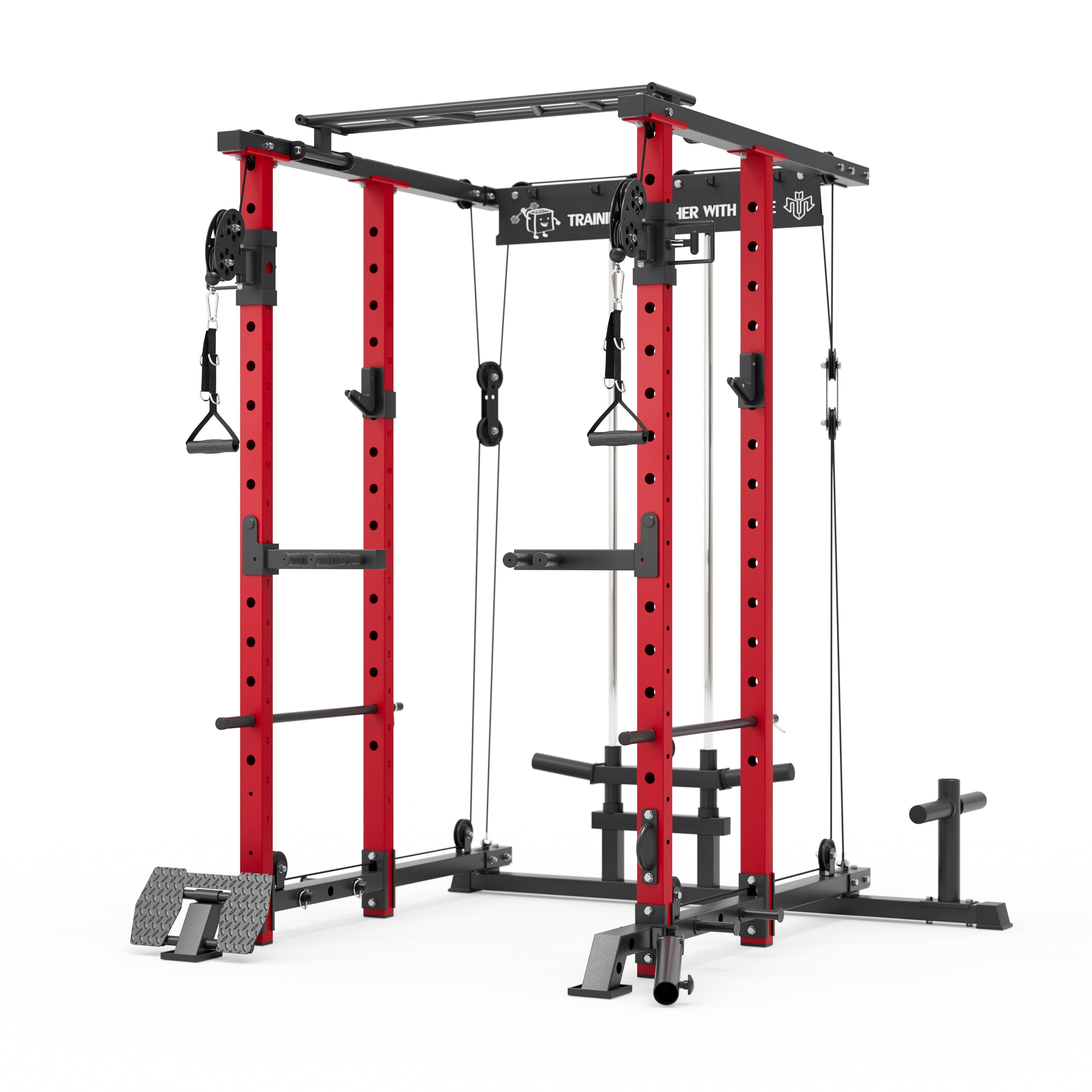
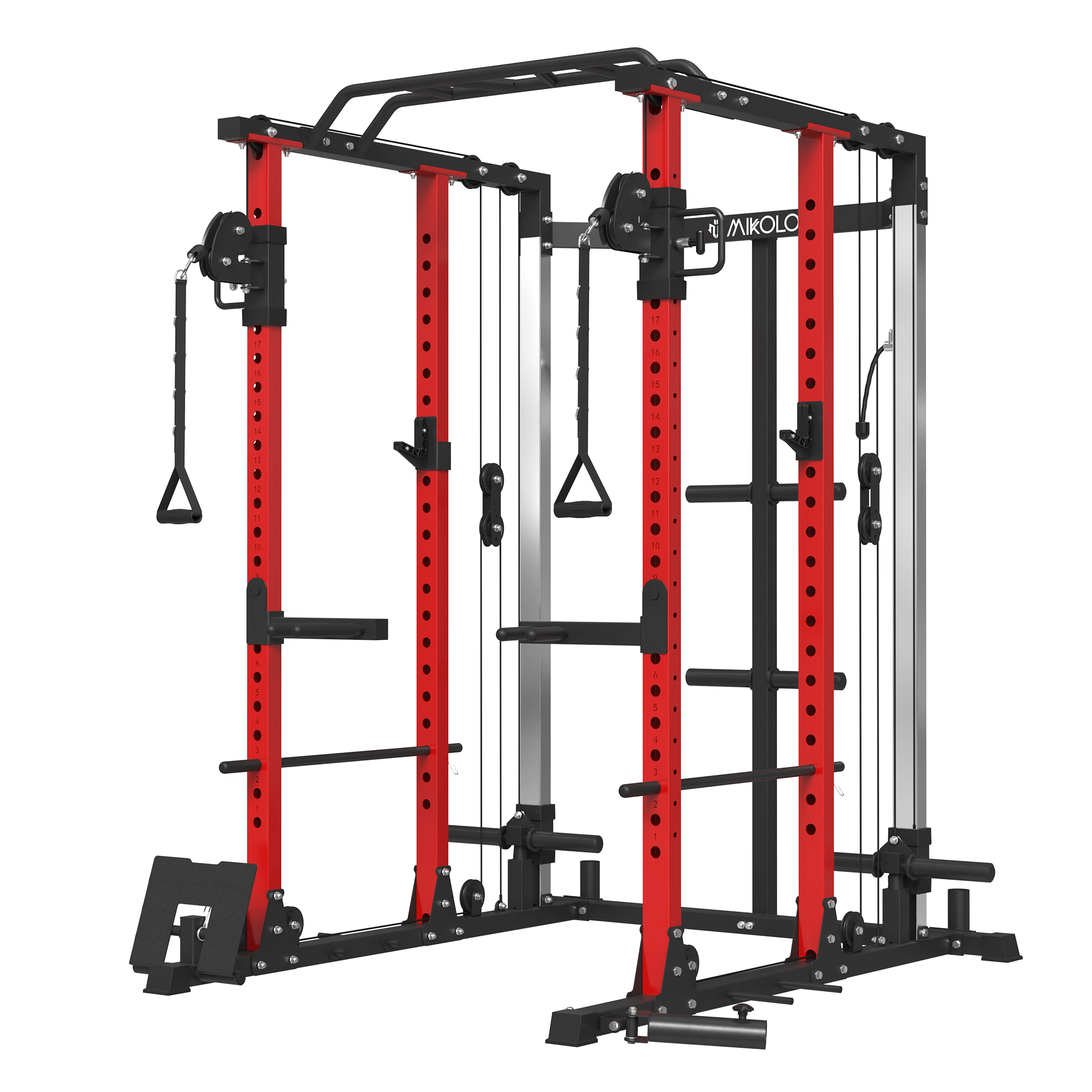

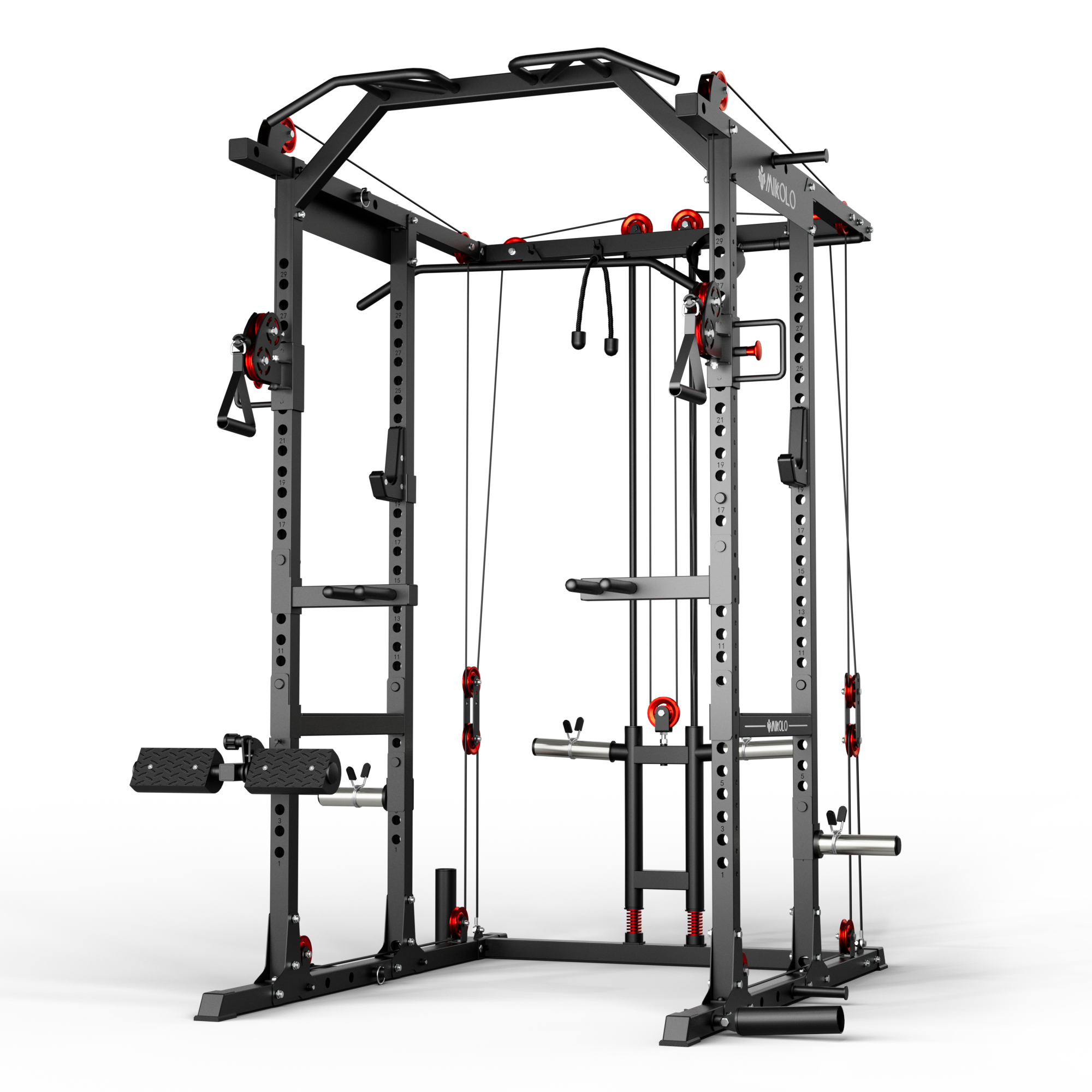
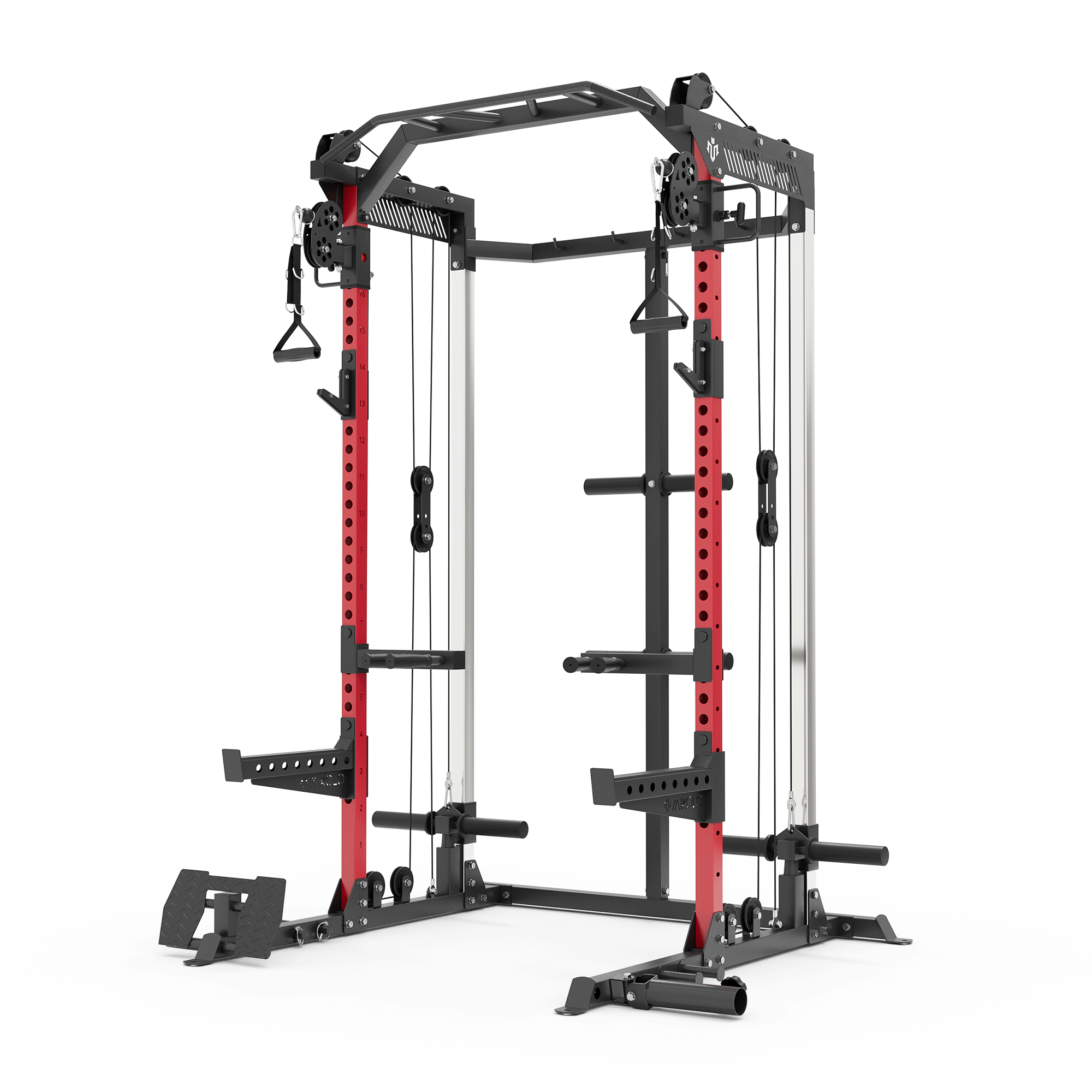
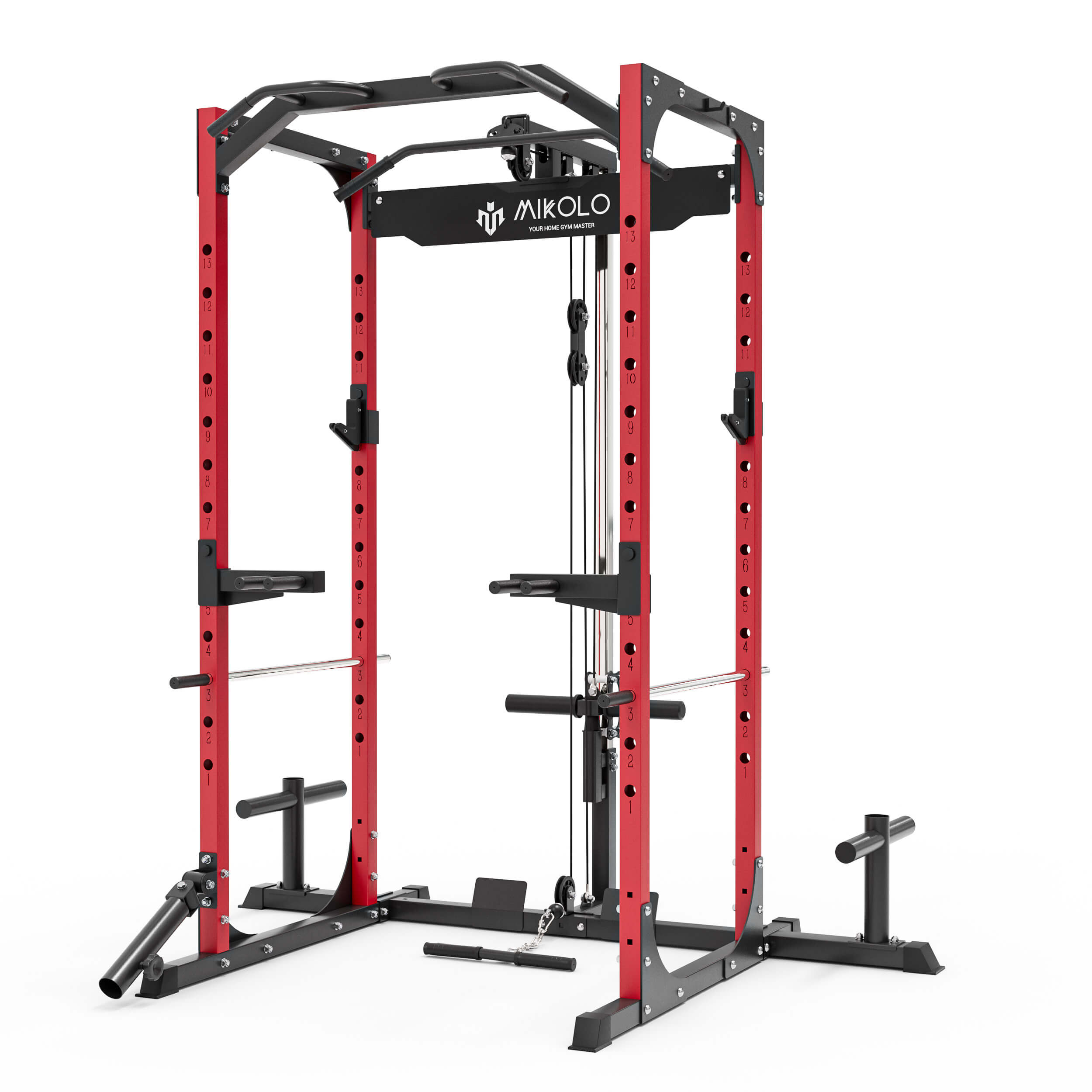




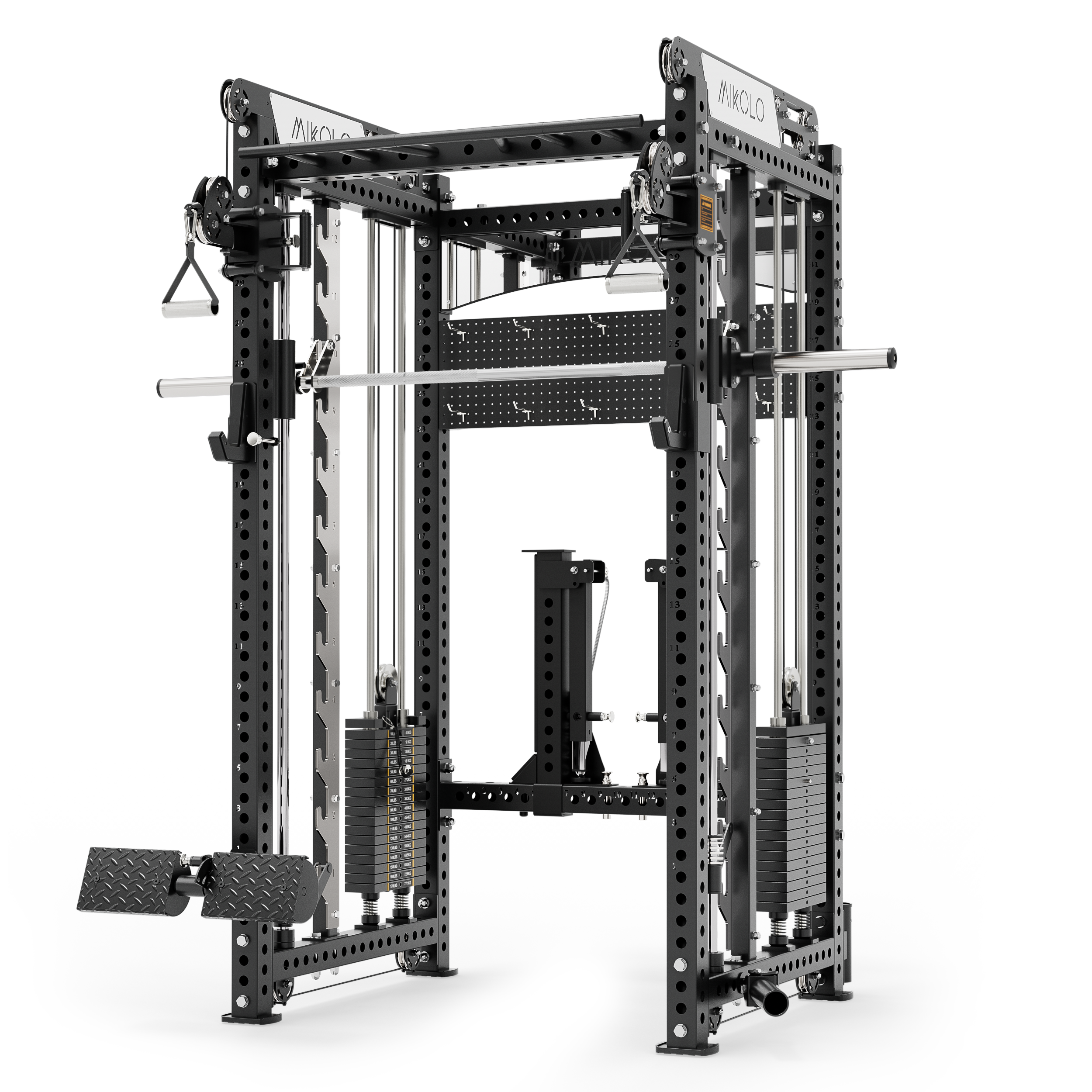
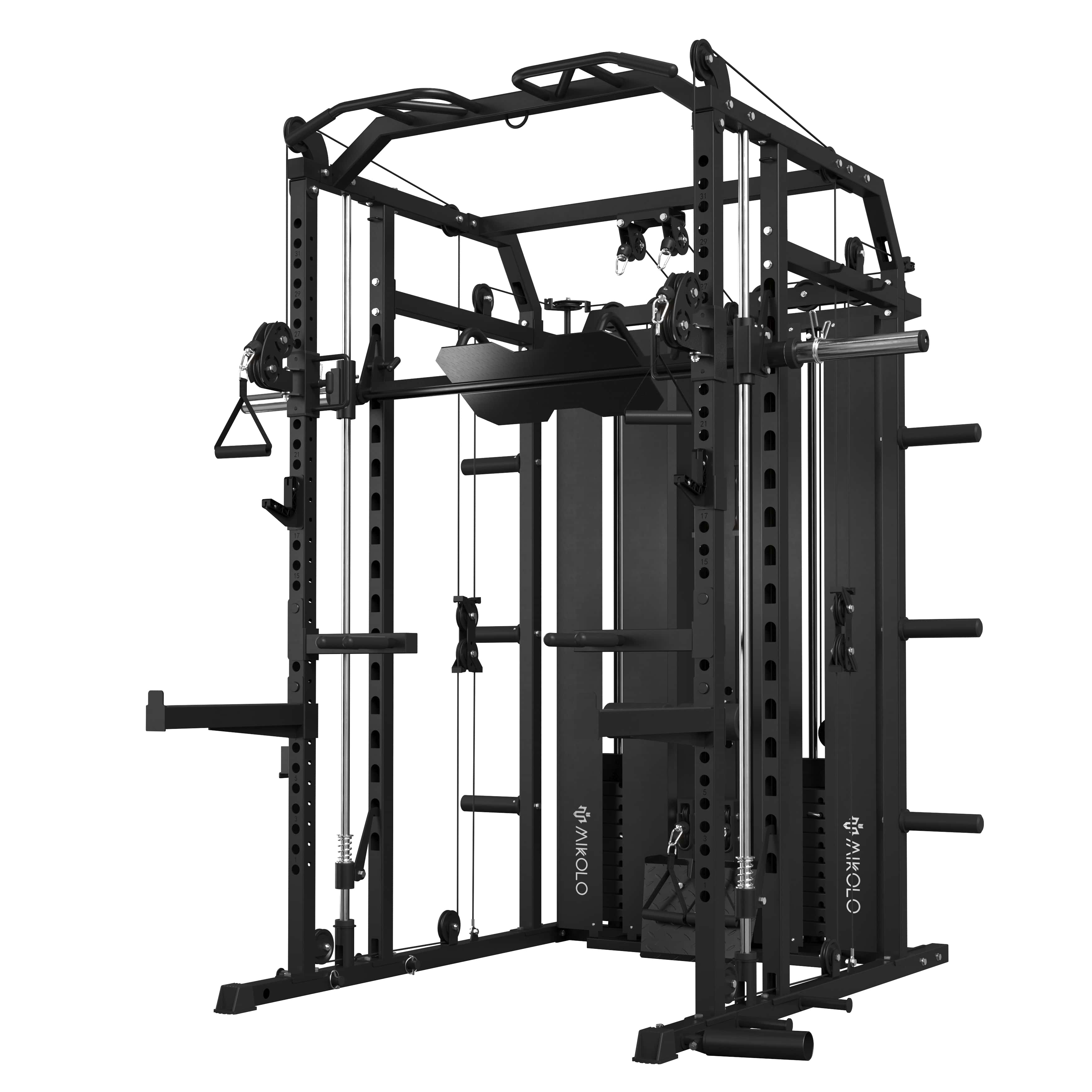
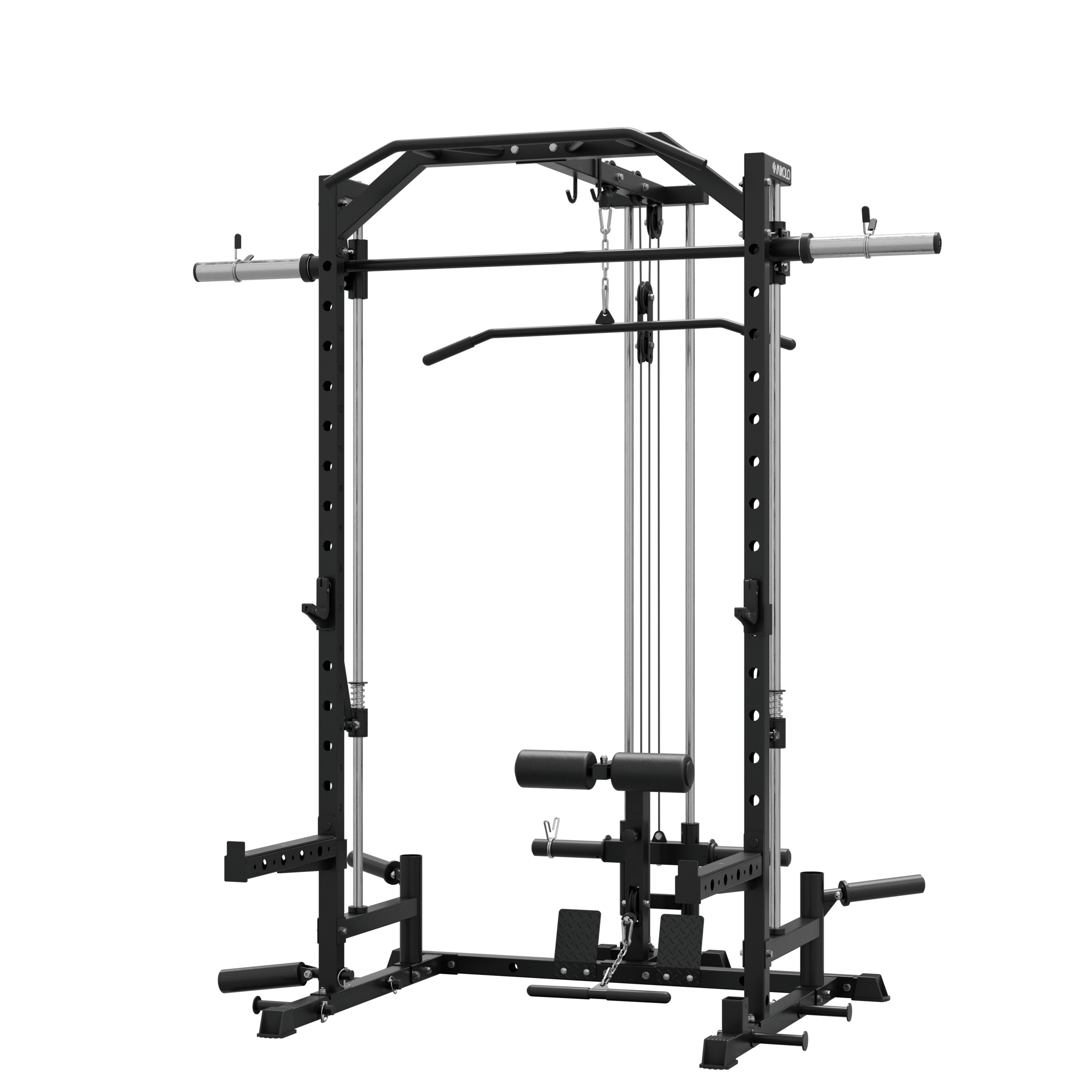
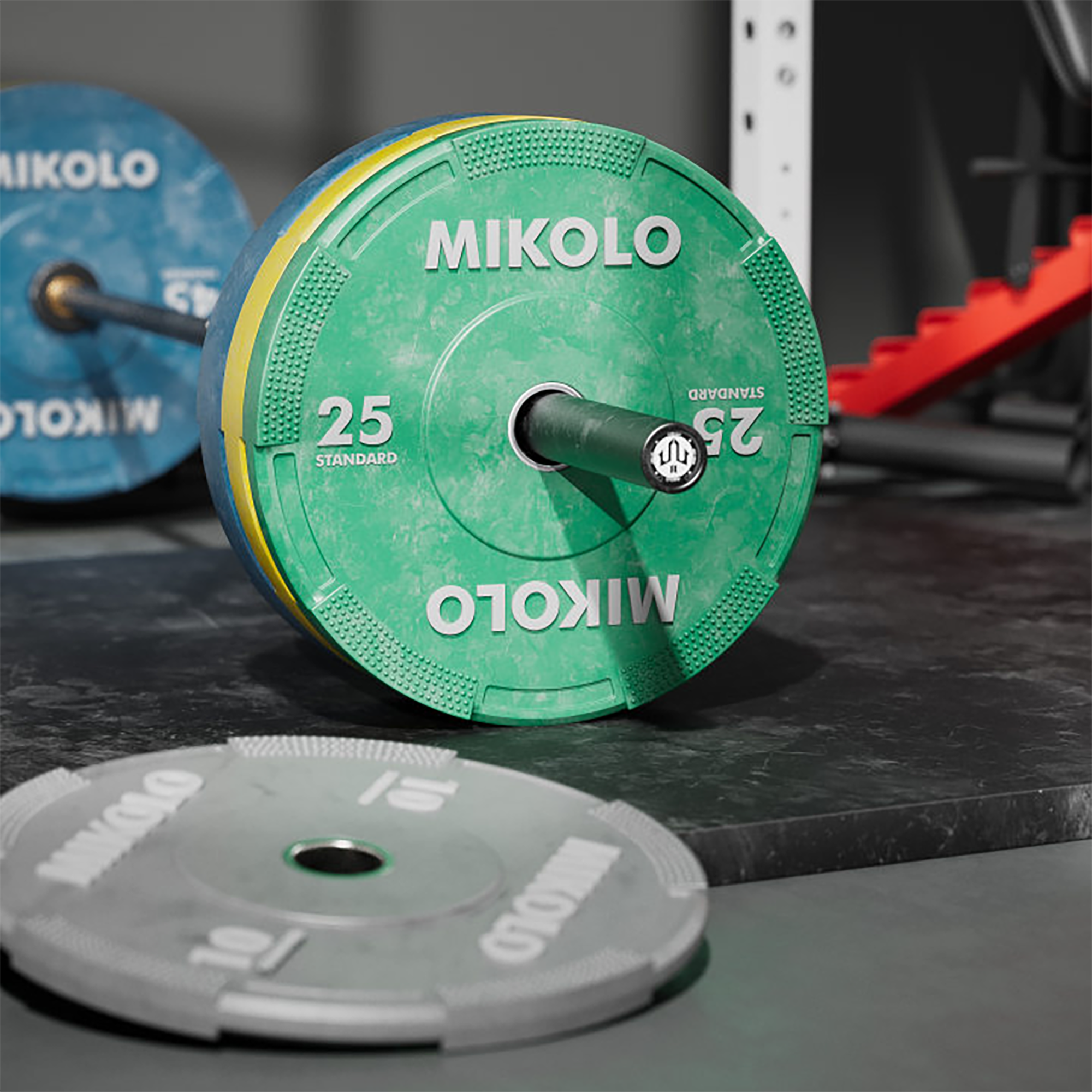





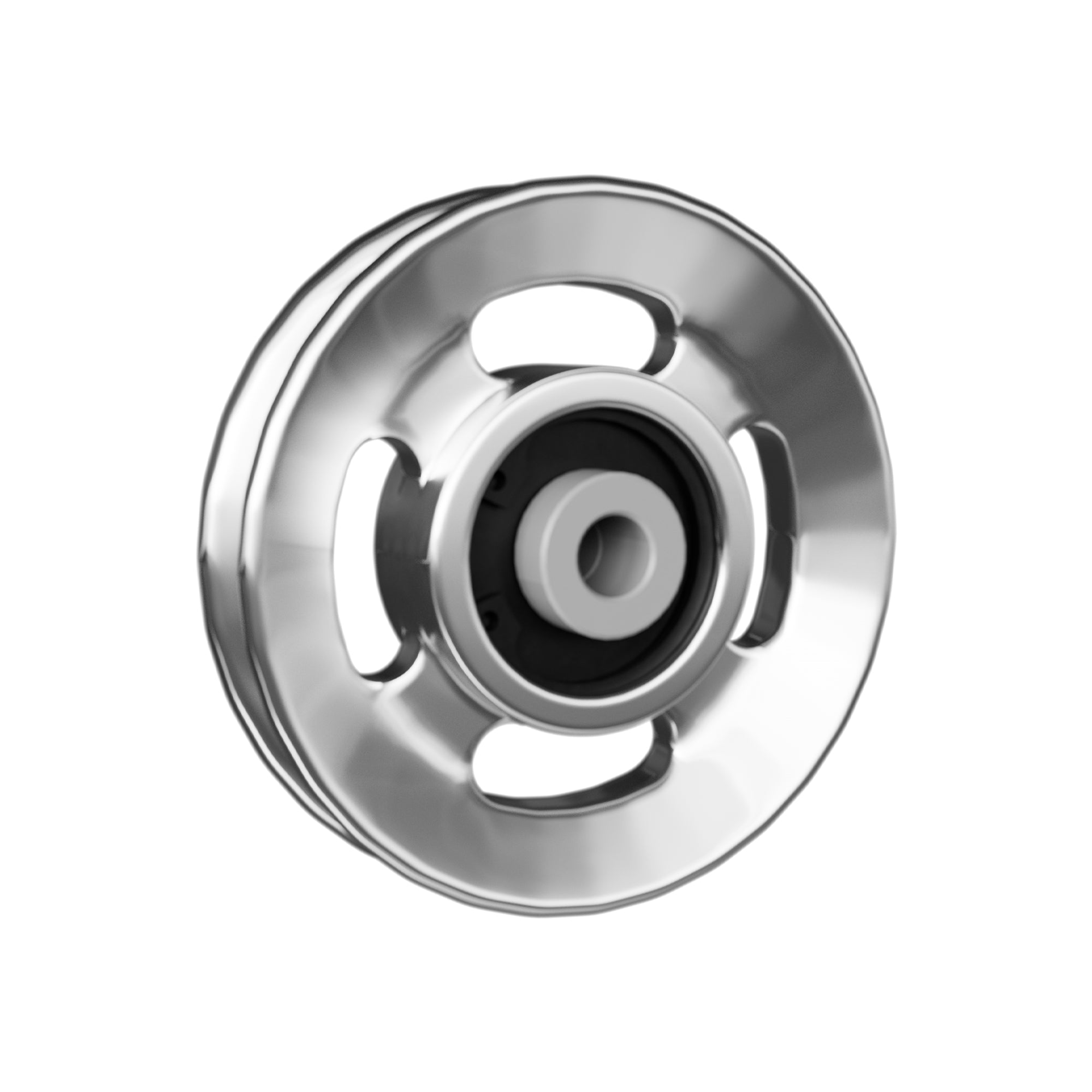
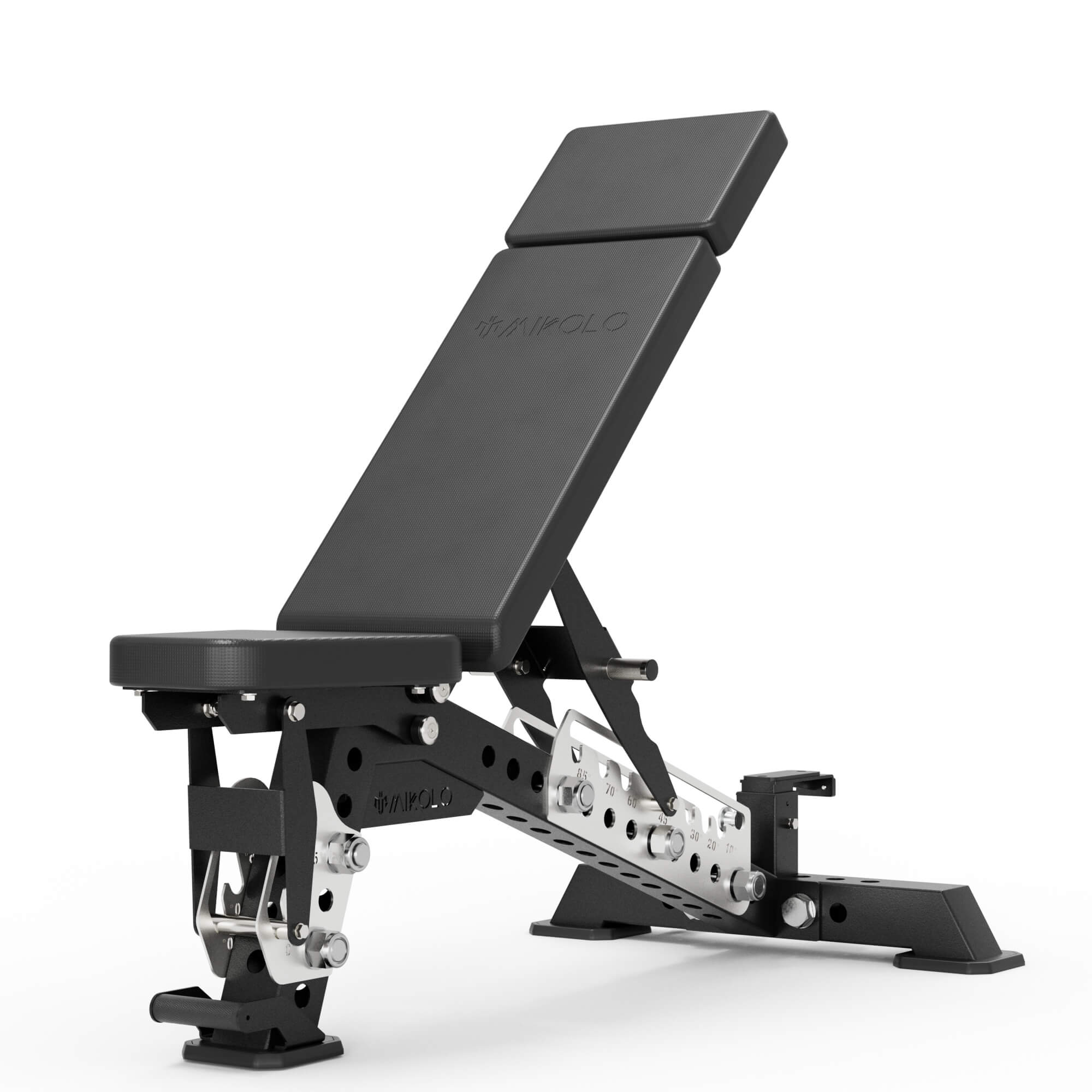


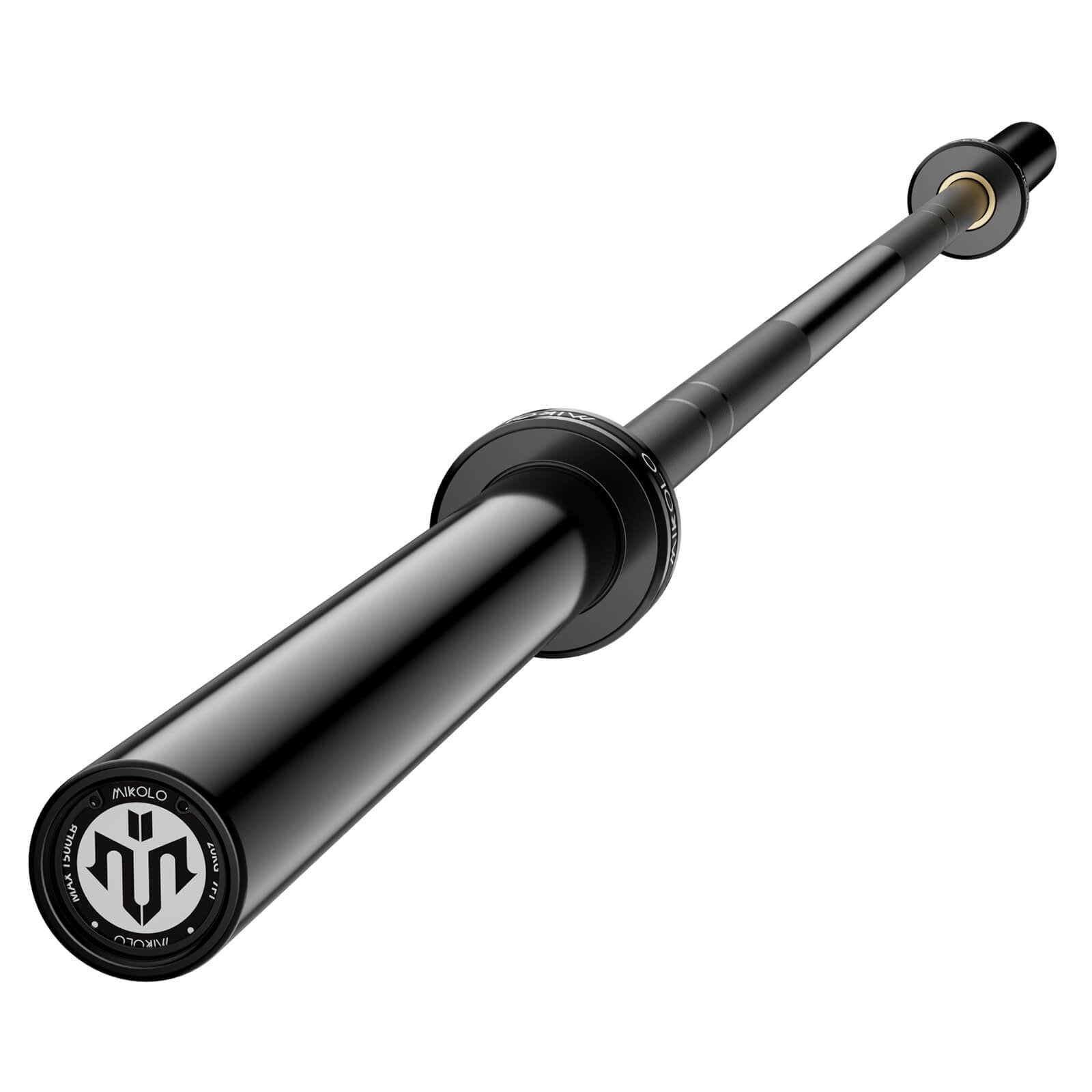
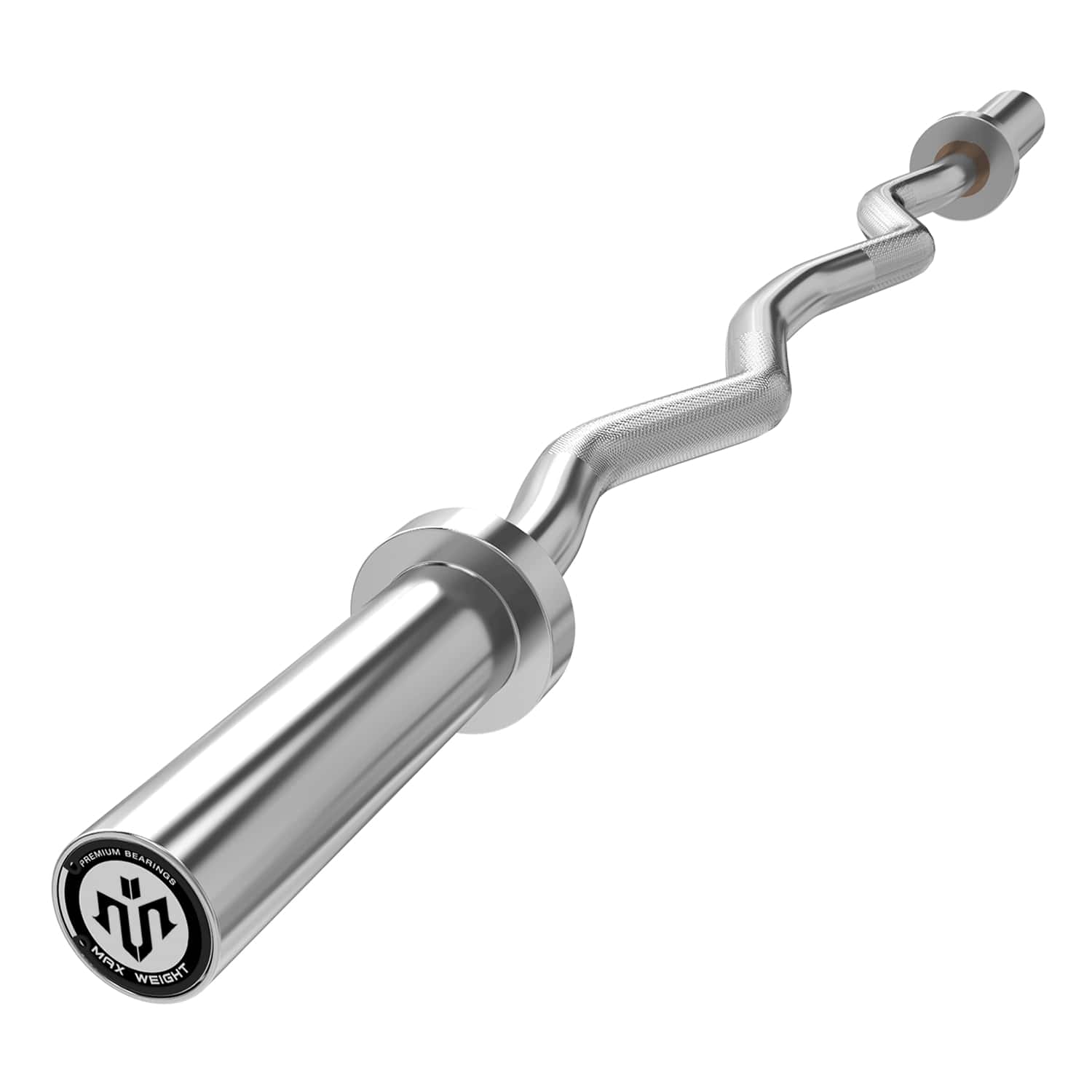
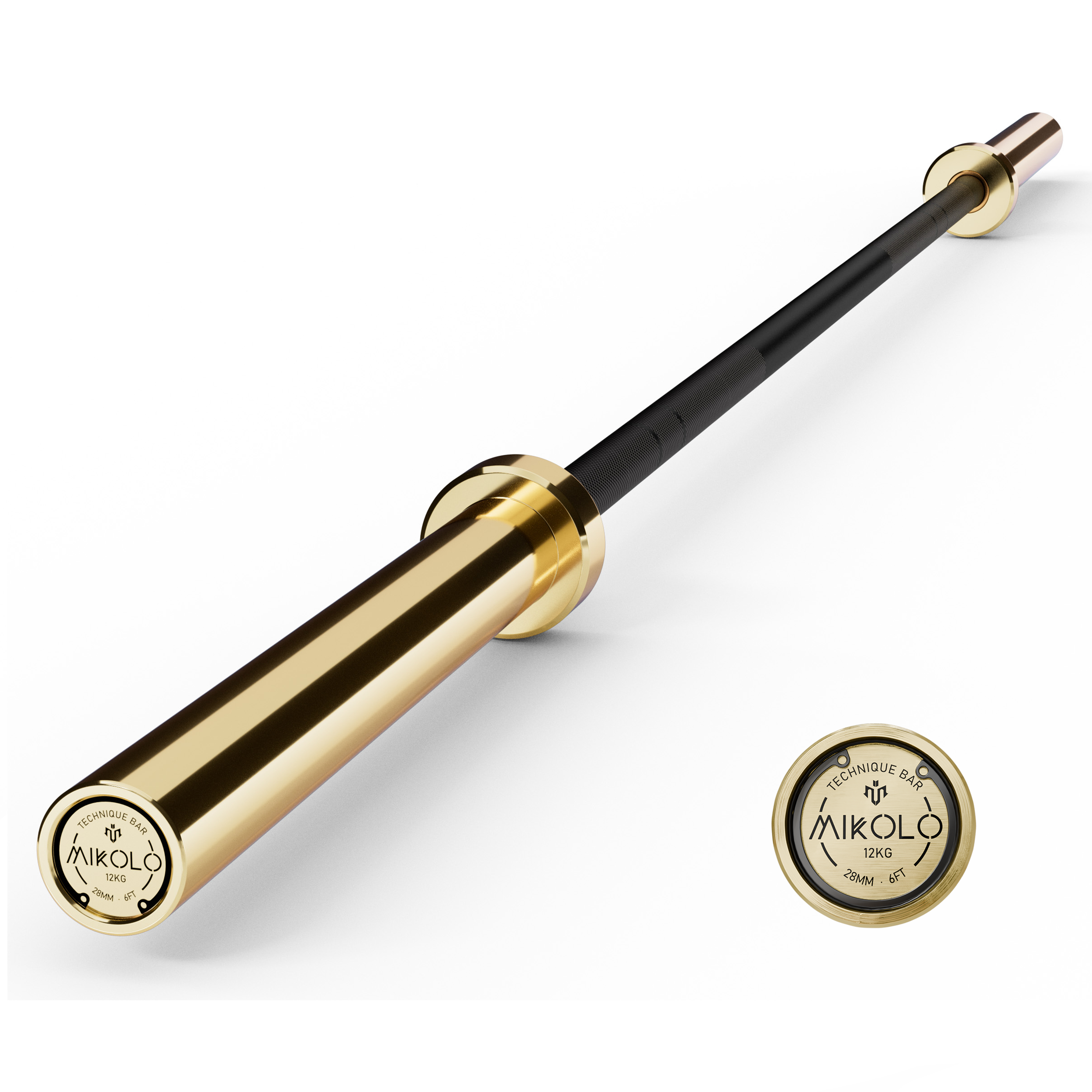

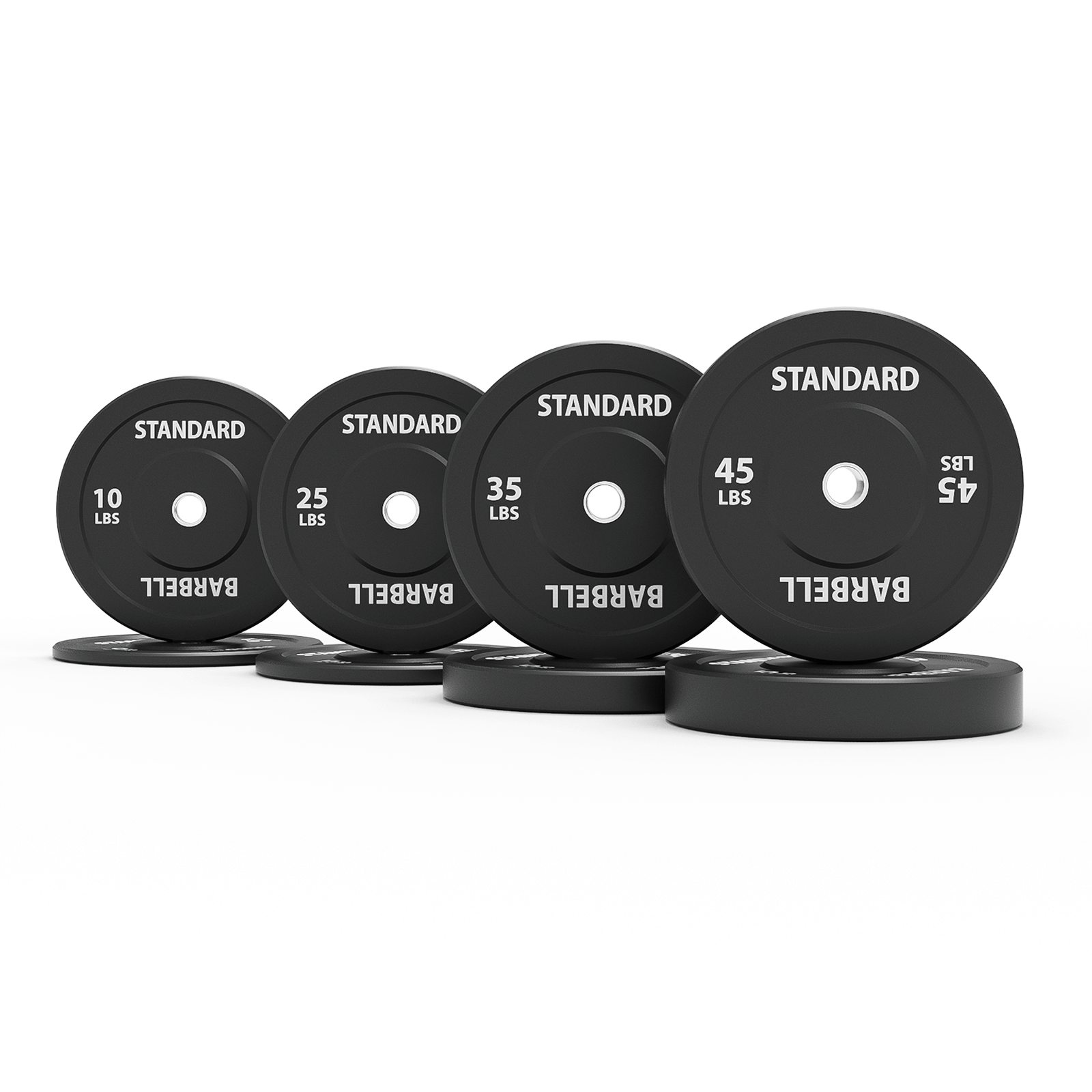
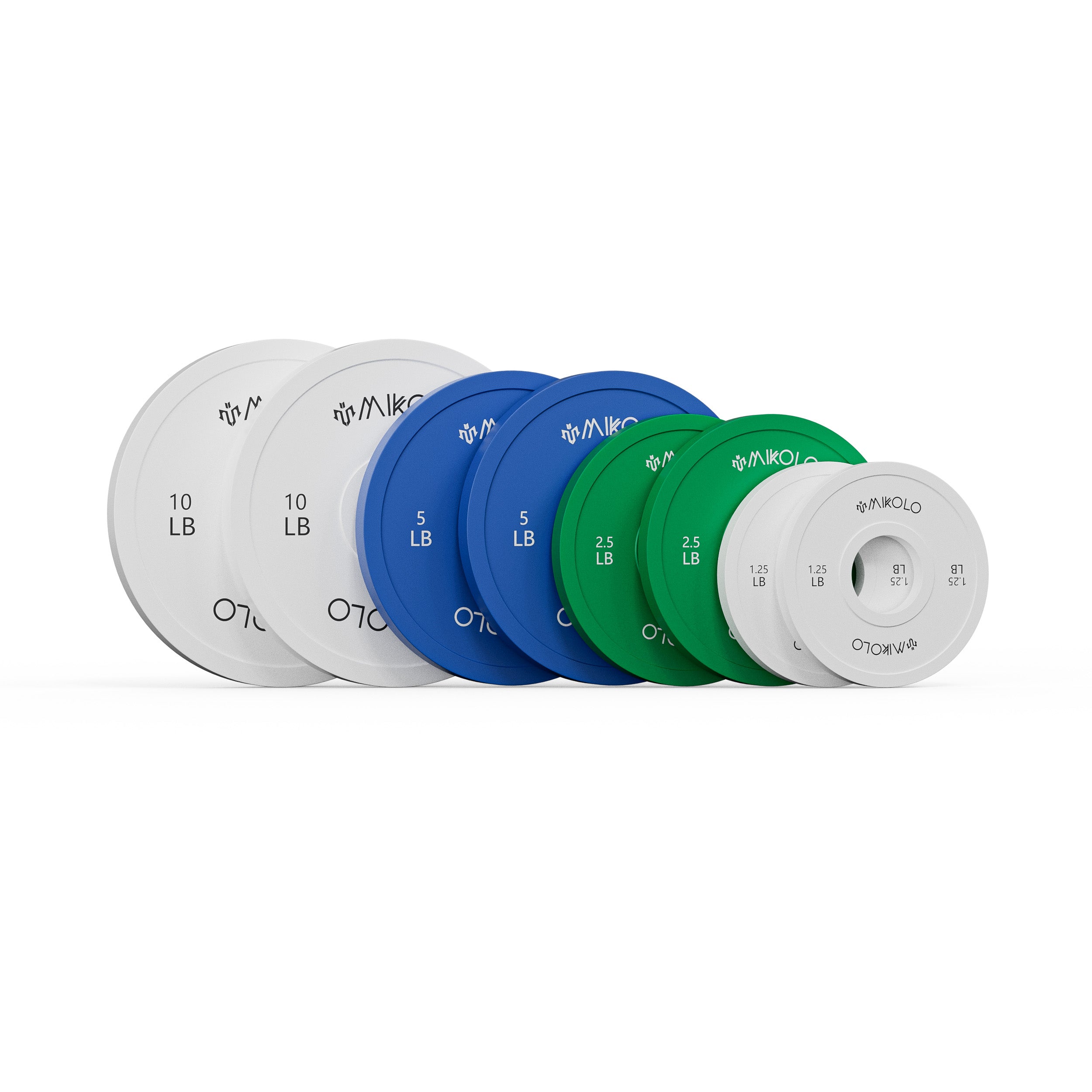



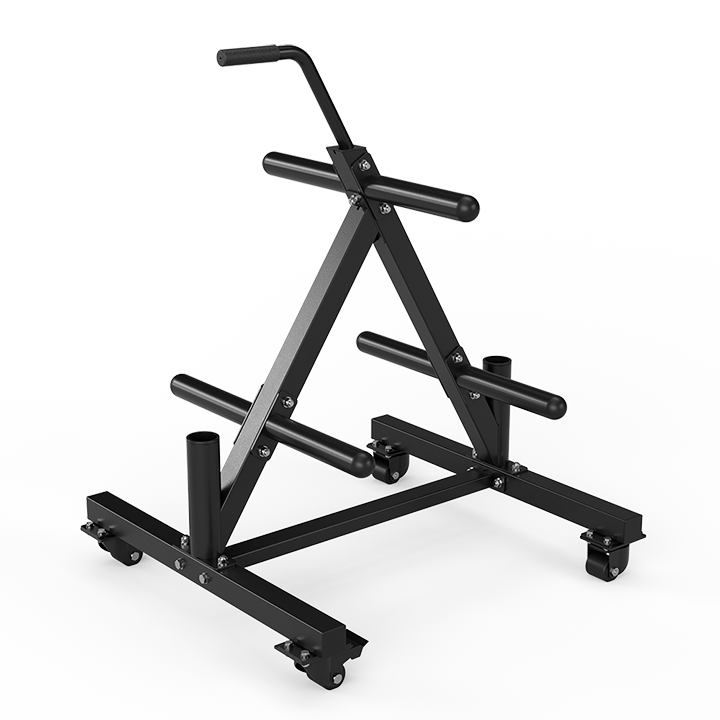
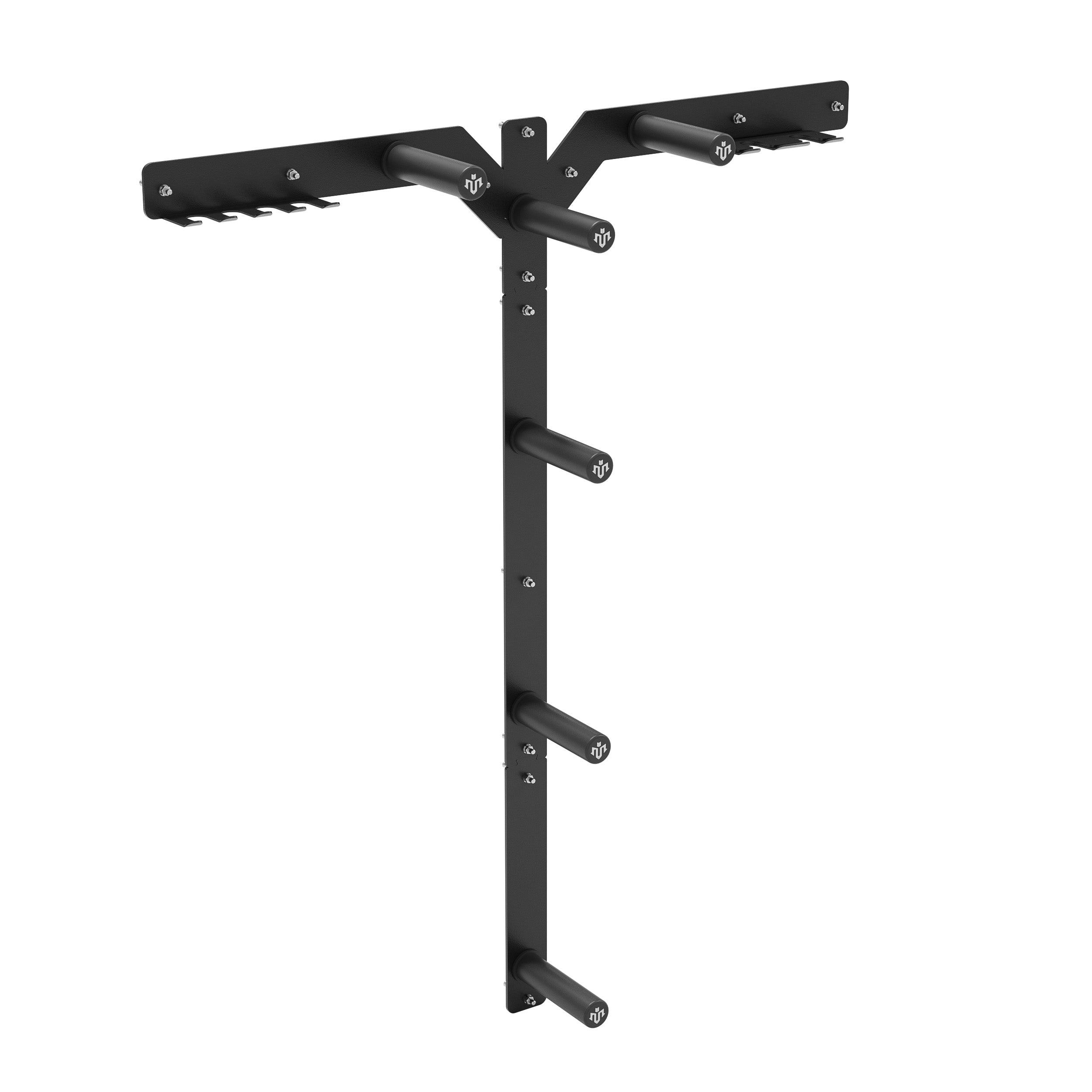




Leave a comment
This site is protected by hCaptcha and the hCaptcha Privacy Policy and Terms of Service apply.